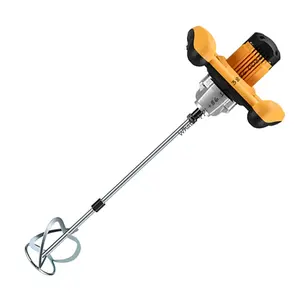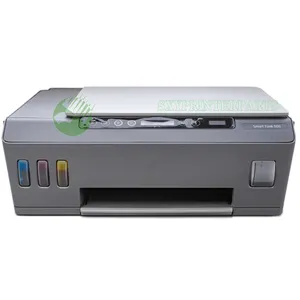Popular in your industry





































































































































































































Top categories
About variable speed blower
A variable speed blower is an essential component in HVAC systems that is responsible for circulating conditioned air throughout the home. This device can adjust its speed to meet the specific requirements of the user, allowing for precise control of air distribution. The variable speed blower motor is a key part of this technology, as it is designed to operate at various speeds, ensuring optimal air circulation while maximizing energy efficiency. Stanley STPT600 is a popular model, known for its efficiency and performance. The STPT600 is a powerful variable speed blower that offers consistent air circulation and can adapt to changing conditions, making it a smart choice for many homeowners.
Features of variable speed blower
The primary advantage of a blower with variable speed lies in its ability to adjust its operating speed. This allows for a more precise control of the heating and cooling process, ensuring that the desired temperature is reached quickly and maintained consistently. Furthermore, the ability of a blower to operate at lower speeds for longer durations enhances energy efficiency. By running at a lower speed, a variable speed blower uses less electricity than traditional blowers, resulting in lower utility bills. Additionally, the variable speed blower motor is often quieter than single-speed models, making them ideal for homeowners who prioritize a peaceful indoor environment. These devices are also beneficial for air quality, as they can run continuously at low speeds, facilitating the circulation and filtration of air, thereby reducing the presence of dust, allergens, and other pollutants.
Types of variable speed blower
Variable speed blowers come in various types, each designed for specific applications. Centrifugal blowers are commonly used in HVAC systems, where they generate airflow by spinning an impeller at varying speeds. Axial blowers, on the other hand, are suitable for applications requiring a more direct and focused airflow, such as cooling electronic components. In the realm of industrial processes, high-temperature environments often necessitate the use of specialized variable speed blowers, such as those designed to handle combustion air or withstand extreme heat. Some variable speed blowers may feature additional components, such as dampers, which further enhance their adaptability to changing operational demands.
Applications of variable speed blower
Variable speed blowers find extensive application in various industries, including HVAC, manufacturing, and automotive. In the HVAC sector, these blowers are integral to systems that require efficient and precise air distribution, contributing to improved comfort and energy savings. In manufacturing, variable speed blowers play a critical role in processes that demand controlled airflow, such as material handling and drying applications. Automotive painting booths utilize these blowers to ensure consistent air circulation for optimal coating results. Additionally, clean room environments in industries like pharmaceuticals and electronics rely on variable speed blowers to maintain strict air quality standards. Municipal wastewater treatment plants use these blowers for aeration, where they help facilitate biological processes that break down contaminants. In industrial drying and curing operations, the consistent airflow provided by variable speed blowers accelerates the drying process of coatings and materials.















































